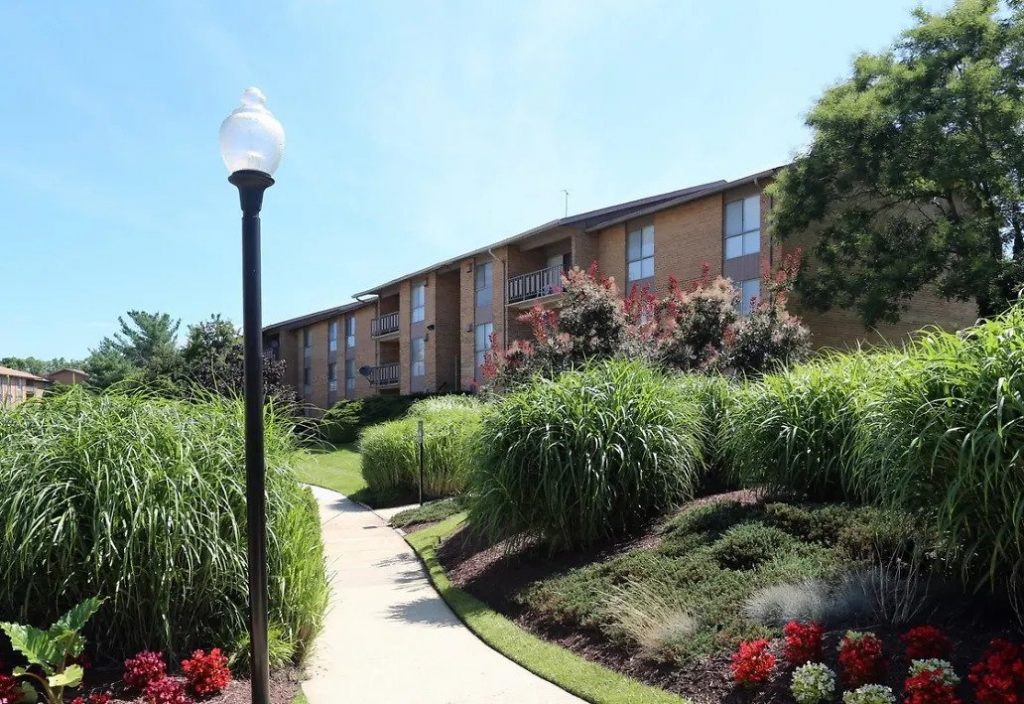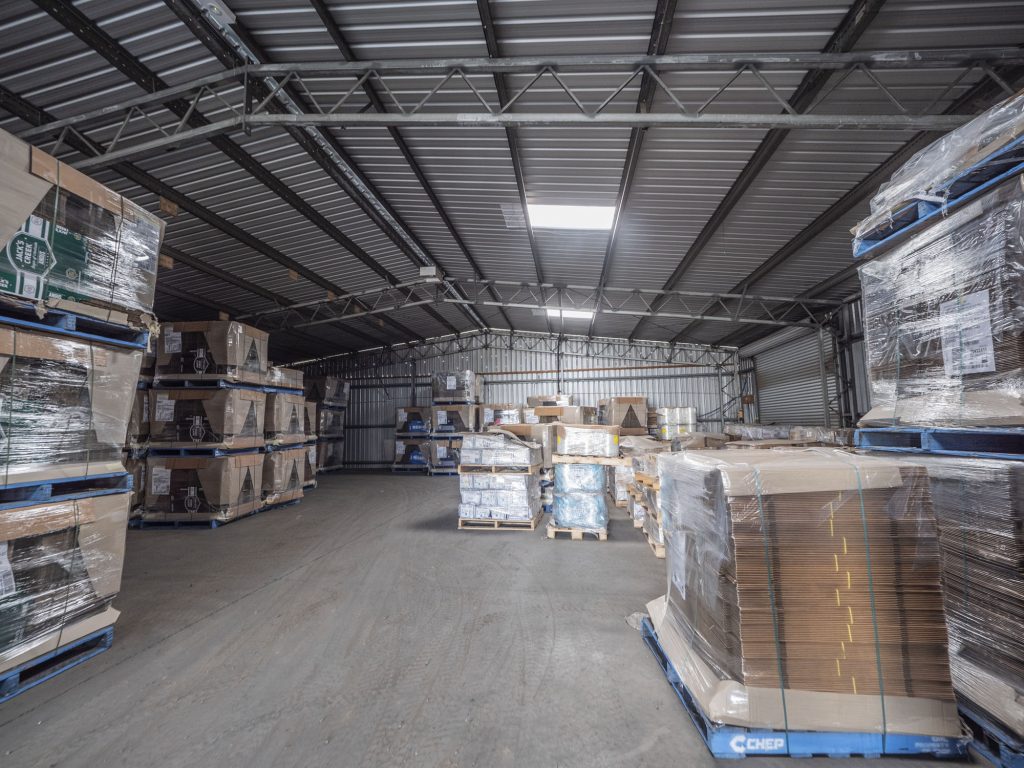
Business Owner
Does Your Business Policy Have Business Income Insurance With Extra Expense?
What Does it Mean?
Business income insurance enables your company to weather an income-damaging claim.
When a building or critical piece of equipment is damaged, many times the expense of lost business is even greater than the expense of repairs. Orders go unfilled, regular customers move their business elsewhere while you rebuild, and all the while additional expenses crop up that are not otherwise covered. These extra expenses may arise from the need to rent temporary office space, pay double to expedite an order on a special piece of replacement equipment, or retain key employees during the outage.
The reduction of net income and increase in extra expenses are the reason why many businesses that experience a catastrophic loss never reopen. But this damage is not unique. Business income and extra expense insurance covers it and is available for income-critical buildings, equipment, and even vehicles. Business income insurance with extra expense pays for:
- Lost net income (bottom line profit, including from lost customers),
- Necessary continuing expenses (key employee salaries, debt payments, etc.), and
- Extra expenses that would not have been otherwise incurred (rental of temporary space, storage fees, overtime, etc.)

Multi-Family
Is your Policy a “Claims Made” or “Occurrence” Based?
What’s the difference?
Under a “claims made” policy, the policy covers claims made against you only while the policy is in effect. The down side of this type of policy is that coverage must be continued indefinitely to assure coverage for claims filed in the future for actions that occurred in the past. Essentially, once the policy has lapsed you no longer have coverage.
A claims made policy covers you for any covered claim provided it meets two criteria:
- You are insured when the claim is made. If you no longer need coverage, you can purchase a “tail” to protect you for the past (see tail).
- You have continually renewed the policy from the time the incident occurred (the psychological service you provided that is the source of the suit) until the time the claim is made.
Under the “occurrence” policy, you are covered for alleged acts of negligence that occurred while the policy was in effect. It does not matter if the coverage is in effect at the time the claim is made. The benefit of occurrence coverage is that even if you cancel your policy at some future date, you will still have coverage for events that occurred while the policy was in effect.
An occurrence policy protects you from any incident occurring while the policy is in force. The policy then covers those incidents forever. For example, you buy a policy in 2014, treat Client A in 2014 and terminate the policy 2015. In 2016, Client A sues you for an incident that occurred in 2014. You are covered, because you were insured when you treated Client A. With an occurrence policy, it does not matter if you are covered when the suit is brought.


